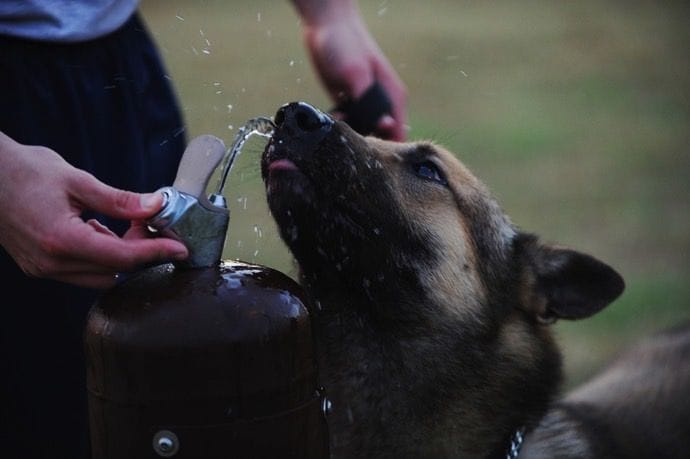Your cat needs clean, sharp teeth and healthy gums. Damage to the tongue, teeth, palate and gums can lead to many health risks for felines, but these can be prevented with regular home check-ups and good old-fashioned brushings.
- If your kitty’s mouth has an abnormally strong odor, he may have digestive problems or a gum condition such as gingivitis, and should be examined by a vet.
- With your cat facing you, gently push back his lips and take a look. The gums should be firm and pink, not white or red, and should show no signs of swelling. The teeth should be clean and free of any brownish tartar, and none should be loose or broken.
- Watch for any of the following signs that could indicate problems in your cat’s mouth:
- Dark red line along the gums
- Red and swollen gums
- Ulcers on gums or tongue
- Loose teeth
- Pus
- Difficulty chewing food
- Excessive drooling
- Excessive pawing at the mouth area
- At any sign of gum inflammation, you should take your cat in for a veterinary exam. If left untreated, gum disease can develop, possibly leading to tooth loss or inability to eat Inflammation may also point to an internal problem like kidney disease or Feline Immunodeficiency Virus.
- Bacteria and plaque-forming foods can cause a buildup on a cat’s teeth. This can harden into tartar, possibly causing gingivitis, receding gums and tooth loss.
- All you’ll need to brush your cat’s teeth are cotton swabs and a small toothbrush and tube of toothpaste formulated for felines. You can also use salt and water. Ask your vet to suggest the brushing supplies that he trusts, and be sure never to use toothpaste designed for people—the ingredients can be unhealthy for your cat.
Brush your cat’s teeth at home by following these simple steps:
- First get your cat used to the idea of having her teeth brushed. Start by gently massaging her gums with your fingers or touching a cotton swab to them.
- After a few sessions, put a little bit of cat-formulated toothpaste on her lips to get her used to the taste.
- Introduce a toothbrush designed especially for cats—it will be smaller than human toothbrushes and have softer bristles. Toothbrushes that you can wear over your finger are also available and allow you to give a nice massage to your cat’s gums.
- Apply the toothpaste to her teeth for a gentle brushing.
Chew toys can satisfy your cat’s natural desire to chomp, while making her teeth strong. Gnawing on a chew toy can also help floss your cat’s teeth, massage her gums and scrape away soft tartar.
If your cat suffers from any of the symptoms mentioned below, please see the vet right away:
- Gingivitis: This inflammation of the gums is mainly seen in older cats. It may start as a dark red line bordering on the teeth. If left untreated, gums may become sore and ulceration may occur. This may be a sign of FIV or other infection.
- Periodontitis: If gingivitis invades the tooth socket, the tooth may become loose and an abscess may form.
- Stomatitis: This inflammation of the mouth lining may result from a foreign body in the mouth, a viral disease or dental problems. The cat will have difficulty eating and the inside of the mouth will appear red.
- Rodent Ulcer: A slowly enlarging sore or swelling on the upper lip.
- Salivary Cyst: If salivary glands or ducts that carry saliva to the mouth become blocked, a cyst may form under the tongue.
- Mouth Ulcers: Ulcers on a cat’s tongue and gums are sometimes caused by feline respiratory or kidney disease.



No comments:
Post a Comment